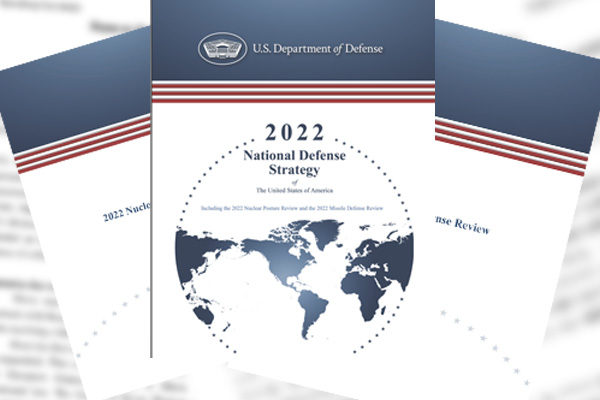On October 27, the U.S. Department of Defense released the National Defense Strategy (NDS), the Nuclear Posture Review (NPR) and the Missile Defense Review (MDR). Of them, the NPR explained for the first time publicly reasons for cancelling the development of a nuclear-armed Sea-Launched Cruise Missile, or SLCM-N. The reasoning was unpersuasive, failing to convince Japan as a U.S. ally. In fact, the Congress has revived a budget for the SLCM-N development, but a funding for the warhead has yet to be provided.
Japan faces nuclear threat from China and North Korea
The Pentagon published the three documents following the publication by the White House of the National Security Strategy that lays the foundation for the U.S. foreign and national security policies. For the cancellation of the SLCM-N program, the NPR’s Chapter 7 titled “U.S. Nuclear Capabilities” cited the following three reasons:
(1) The W76-2 low-yield ballistic missile on board SSBN, strategic nuclear submarine currently provides deterrence to limited nuclear use.
(2) Whether the SLCM-N would provide leverage to negotiate arms control limits on Russia’s tactical nuclear weapons is uncertain.
(3) The estimated cost of SLCM-N is high in light of other nuclear modernization programs and defense priorities.
A factor behind the cancellation is that the NPR under the Biden administration gives a far higher priority to arms control and nuclear non-proliferation than the 2018 NPR under the Trump administration.
While arms control negotiations with Russia on non-strategic nuclear weapons may be important for the United States, the cancellation of the SLCM-N program is fatal to Japan that faces more than 1,000 nuclear-capable theater ballistic missiles deployed by China and almost daily missile-firing drills by North Korean tactical nuclear operation units, as noted in my essay for the “Speaking Out” column on October 17.
SSBNs, strategic submarines cannot provide U.S. allies with effective extended deterrence partly because SSBNs, unlike SSNs attack submarines based in Guam, operate in waters near the mainland U.S. far away from Asia. Furthermore, a country that detects the launch of a flying object is likely to respond with strategic nuclear weapons because of uncertainties about whether the launched flying object is a strategic or a low yield tactical nuclear weapon. Thus, an Escalation Management described on Page 10 of the NDS cannot be achieved.
The U.S. tactical nuclear weapons deployed in East Asia include cruise missiles aboard strategic bombers and warheads aboard F-35A fighters, but the planes are being watched from above by adversaries. In contrast, the SLCM-N, especially if aboard a submarine, is stealthy.
Contradicting “allied assurance”
The NPR on Page 3 lists nine decisions to ensure a nuclear deterrent, including the fourth decision to “take steps to strengthen extended deterrence and allied assurance.” Then, the NPR on Page 8 says, “Modernizing U.S. nuclear forces is key to assuring allies.” The cancellation of the SLCM-N program adopted in 2018 by the Trump administration contradicts this passage.
On regional nuclear deterrence on Page 14, “strong and credible nuclear deterrence in the Euro-Atlantic region” is listed first, followed by such deterrence in the Indo-Pacific region. This may contradict the White House’s National Security Strategy that gives top priority to winning competition with China.
Fumio Ota is a councilor and a Planning Committee member at the Japan Institute for National Fundamentals. He is a retired Vice Admiral of Japan’s Maritime Self-Defense Force.


